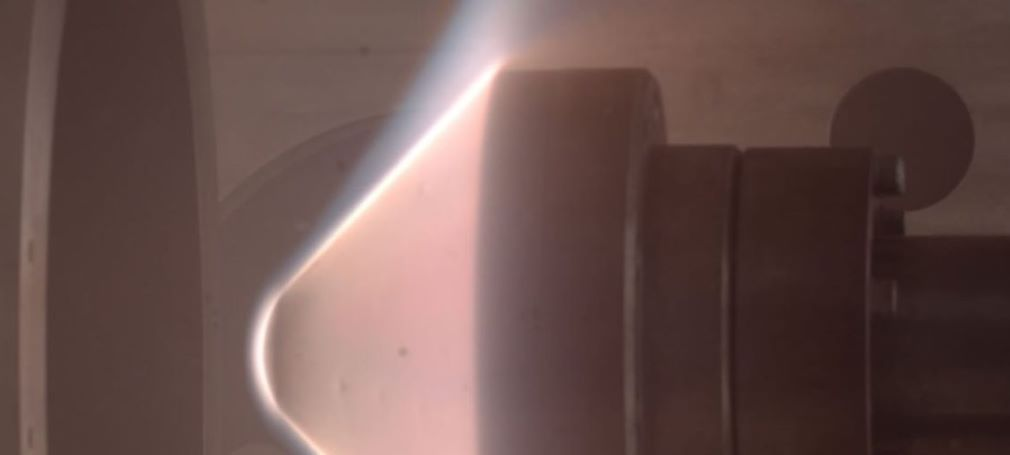Speaker
Description
See attached
Summary
This paper shows the results of an emission spectroscopy test campaign completed in Oxford’s T6 free piston driven Shock tube. Ablative thermal protection systems have proven to be a common option utilised on spacecraft returning to earth in the brief time mankind has been conducting space missions. The pyrolysis gasses produced by ablative heat shields while undergoing heating from an earth entry trajectory changes the composition of the gas species in the shock layer surrounding the craft. The presence of new molecules augment the thermochemical relaxation processes and in turn augment the heat flux acting on the vehicles surface. Emission spectra has been captured for two analogous pyrolysis/atmospheric air mixtures at varying shock speeds and initial fill pressures. This aimed to analyse the spectra at a non exhaustive list of flight velocities and altitudes. The spectra along with the radiance profile behind the shock are presented for each condition for both UV/vis and visible/IR parts of the spectrum.

